Ancestors
Ancestors
Who We Are and Where We Come From
David Hertzel
Rowman & Littlefield
Lanham Boulder New York London
Published by Rowman & Littlefield
A wholly owned subsidiary of The Rowman & Littlefield Publishing Group, Inc.
4501 Forbes Boulevard, Suite 200, Lanham, Maryland 20706
www.rowman.com
Unit A, Whitacre Mews, 26-34 Stannary Street, London SE11 4AB, United Kingdom
Copyright 2017 by Rowman & Littlefield
All rights reserved . No part of this book may be reproduced in any form or by any electronic or mechanical means, including information storage and retrieval systems, without written permission from the publisher, except by a reviewer who may quote passages in a review.
British Library Cataloguing in Publication Information Available
Library of Congress Cataloging-in-Publication Data Available
ISBN 978-1-5381-0436-1 (cloth : alk. paper)
ISBN 978-1-5381-0437-8 (electronic)
 The paper used in this publication meets the minimum requirements of American National Standard for Information SciencesPermanence of Paper for Printed Library Materials, ANSI/NISO Z39.48-1992.
The paper used in this publication meets the minimum requirements of American National Standard for Information SciencesPermanence of Paper for Printed Library Materials, ANSI/NISO Z39.48-1992.
Printed in the United States of America
Acknowledgments
I would like to thank first and foremost the thirty-four interviewees who made this project possible, as well as their assistants and contacts. Special thanks to Seonghwan Jack Park, Dr. David Friedman, Mr. Charles Sleeper, Jr., and Esther Oh for their help with translations, interpretations, and follow up edits and explanations. Thanks also to Southwestern Oklahoma State University, for supporting my travel and other activities. I am grateful for advice and reviews from colleagues and friends Phil Holley, John Hayden, Sunu Kodumthara, Howard Kurtz, Jieun Chang, Mark MacDonald, and Laurie Hertzel. Thanks also to transcribers Alicia Chapa and Elizabeth Hertzel. Cynthia Jennings read and offered valuable comments and support. Jakob, Mary, and Elizabeth contributed in many ways patiently, thoughtfully, kindly. The editors at Rowman & Littlefield, Susan McEachern, Rebeccah Shumaker, and Leanne Silverman, gave a rough project definition, clarity, and the presentation these wonderful interviewees deserve.
Ancestors: Who We Are and Where We Come From
A ncestors are an integral part of our existence. People worldwide and throughout history have incorporated ancestors into their experiences sacred and secular and include ancestors in all types of rituals and practices involving birth, death, and most celebrations in between. People organize kinship groups, aristocracies, and tribes around ancestral identities, and use ancestry to write laws and establish customs that deal with marriage, family names, guardianship, and inheritance. Honoring ancestors in various forms has been a human practice for millennia, and anthropologists describe ancestral remembrances as some of our species earliest and most widespread forms of religion and ritual.
Scholars in diverse disciplines adopt the terms of ancestry as important to their research and analysis. Medical professionals consider ancestral information significant to the diagnosis of certain patients as well as to the study of disease in general. In the social sciences and humanities, ancestry commonly serves as a determinant of personal, ethnic, and national identities. In psychiatry, information about ones ancestry is useful to an analysis of a patients mental and physical health, and many psychiatrists consider ones relationship to ancestors critical to understanding the mental and emotional disposition of patients. Ancestors and constructions of ancestry provide material for ideas and practices as diverse and profound as Jungian archetypes, Mormon religious practices, Chinese and Confucian prayers, social organizations such as Hindu caste systems, Shinto, Native American, and various religious traditions occurring across Africa. Christians begin the story of Jesuss worldly life with an account of his lineage and, like religious people from all continents and faiths, instruct followers to respect their ancestors.
Interest in ancestry has not diminished in our modern scientific age and has an established place in popular culture. There are several successful television series on ancestry, and companies that research genealogies or provide personal information on ancestry have enjoyed growing interest and success in the Internet years.
Grand constructions, traditions, and practices of ancestry are ubiquitous in public forums of all kinds. At the same time, the significance of ancestry remains very personal. Even with all its larger philosophical, medical, and psychological implications, one fascinating aspect of ancestry is how passionately many people hold to their own ancestors and identify intimatelyeven jealouslywith their own ancestries.
When ancestors were among the living, they were like the rest of us, members of families and tribes, with ordinary personalities and abilities. But from the perspectives of those who survive them, once relatives pass into death, they acquire special significance. Through living, ancestors perpetuate life, communities, and culture, for better or for worse. Through dying, ancestors move into other worlds, becoming for their descendants links to greater universes, in both material and spiritual senses. On the one hand, ancestors link the material present to the material past, including language, culture, and earthly identities. On the other hand, ancestors represent to their descendants promises of mystical things to come and connect the living to the world of the dead.
Thirty-one interviews with thirty-four elders, practitioners, participants, and scholars of ancestral activities represent the primary sources of this book. The interviews share perspectives and beliefs that can be summarized into five general themes. Although not every interviewee would agree with all five, all would endorse some, and the themes reflect the most widely shared ideas on ancestry.
- People intuitively sanctify their ancestors . All interviewees, whether religious or not religious, sanctify their ancestors through rituals, remembrances, prayers, or other traditions.
- People make ancestors in much the same way that people make family. While all interviewees describe their genetic predecessors such as mother, grandmother, great-grandmother, and so on, as ancestors they also describe more fluid and flexible definitions of ancestrysometimes in unusual, even surprising, ways.
- All people are both ancestors and descendants . This widespread belief arises from the unanimous belief of interviewees that a person need not have children in order to be named an ancestor.
- Ancestral practicesincluding rituals, stories, and other remembrancescreate a living narrative .
- The experiences of suffering and love are shared across generations, transcending death . This is already obvious in one direction: people continue to love and care for their ancestors, even after ancestors have passed on. But the reverse also emerges as a core idea in many interviewees views on life, death, and family: the dead also continue to care for and love the living.
These primary conclusions emerge from the personal testimonies of elders and people of prominence from a diversity of cultural and intellectual communities.
There are many important and enduring ancestral practices from around the world that are not addressed in this book. But even in their limited scope, perhaps the interviews and analysis presented here will contribute to larger efforts to consider seriously the meaning of ancestry and of personal and public ancestral ideas, particularly in the modern age. At the same time, these fascinating accounts of belief and experience offer compelling insights into the significance of ancestry.
Next page

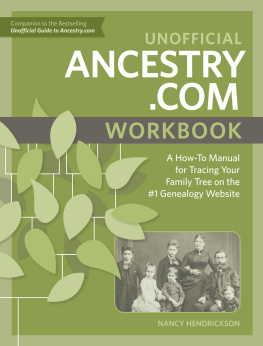
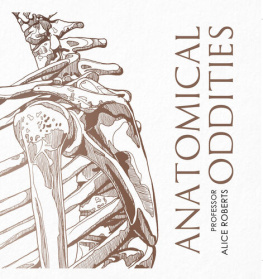
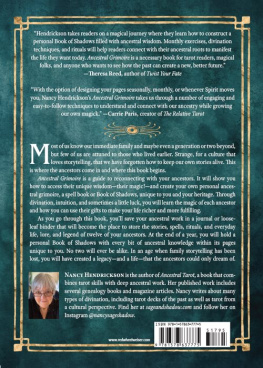
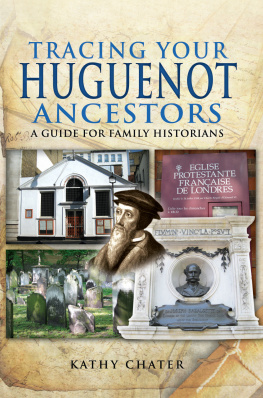
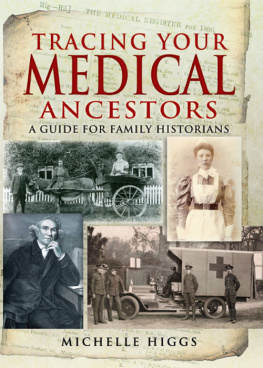

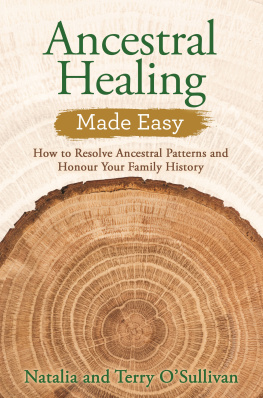

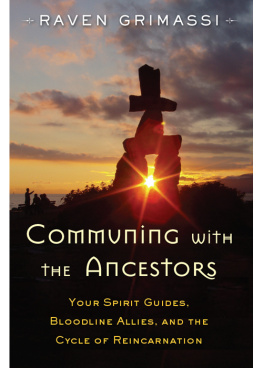
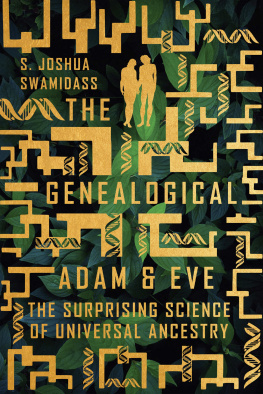

 The paper used in this publication meets the minimum requirements of American National Standard for Information SciencesPermanence of Paper for Printed Library Materials, ANSI/NISO Z39.48-1992.
The paper used in this publication meets the minimum requirements of American National Standard for Information SciencesPermanence of Paper for Printed Library Materials, ANSI/NISO Z39.48-1992.